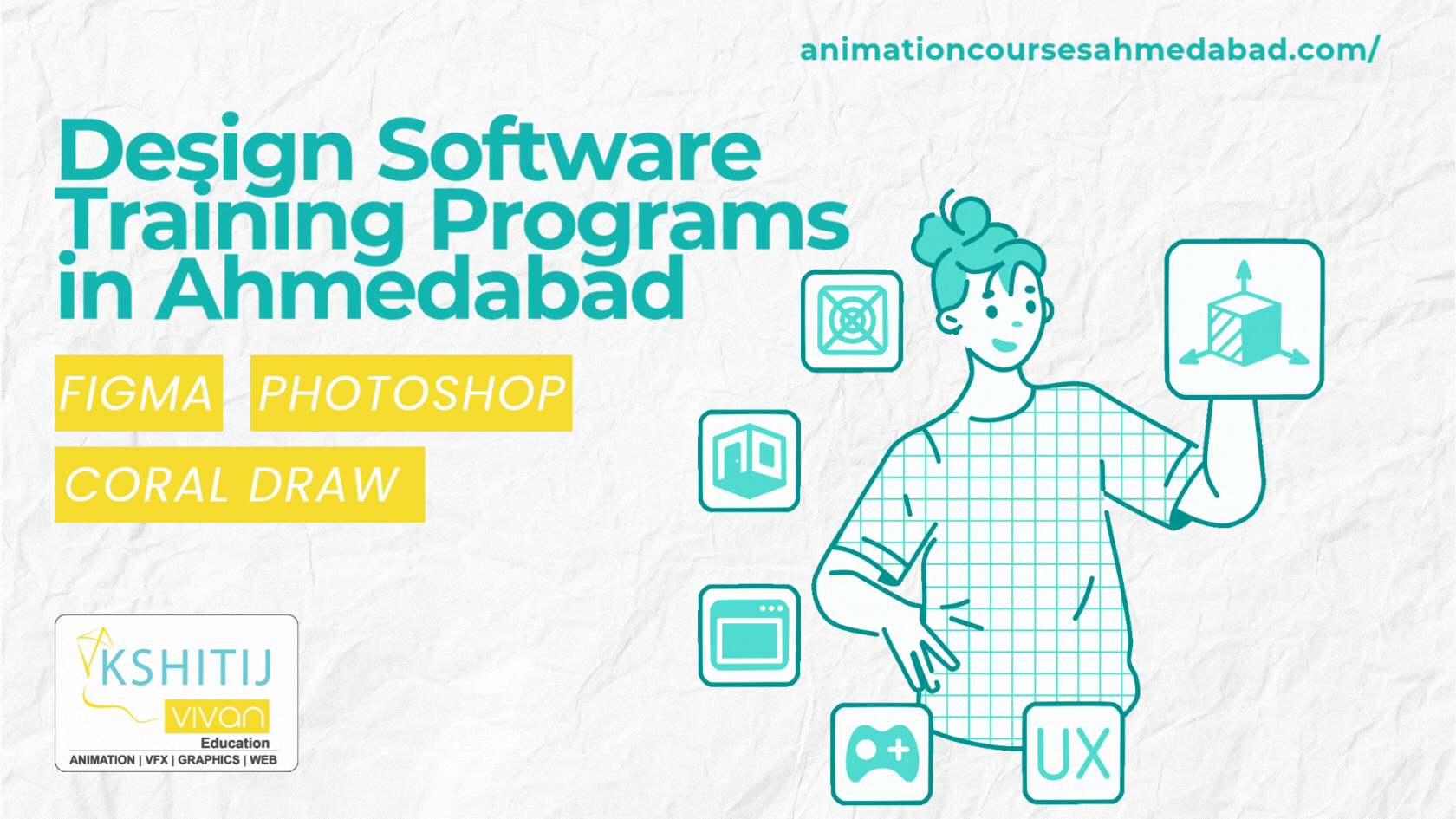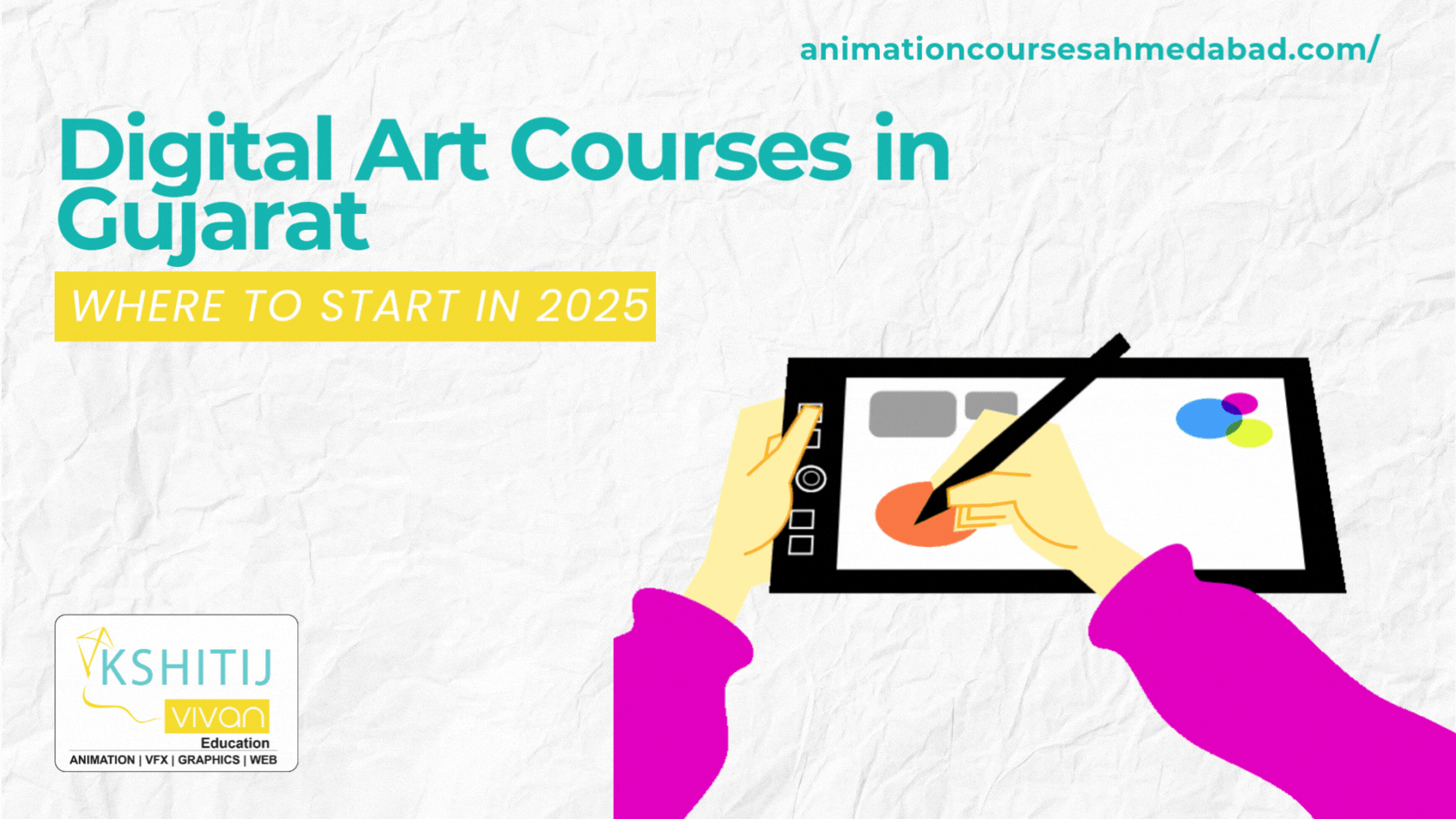
Methods Used In 3D Stereoscopic Photography
3D Stereoscopic Photography
3D stereoscopic photography is the art of taking ana viewing two slightly offset photographs to create three-dimensional images.
The 3D effect works because of a stereopsis principle. Each eye is in a different location and that's why you see a slight difference in the image. The difference between both the images is what lets us look depth. This effect can be replicated with photography by capturing two pictures of the subject that are offset by the same distance. The two images are then viewed so that each eye views only the corresponding picture. Your brain puts the two images together as it does for normal vision and you see a single three-dimensional image.
This Maac Ahmedabad blog post will give you a brief introduction to the various methods for capturing and displaying 3D photographs.
3 Methods in 3D Stereoscopic Photography
Capture 3D Stereoscopic Pictures
Taking 3D stereoscopic pictures is simple. To capture you only need a camera and a tripod. Set up your tripod and camera on a level surface. Compose the shot with the main subject in the centre and take a picture. Then slide the tripod 2.5 inches to either the left or the right. If necessary adjust the direction of the camera so that the object is again in the centre of the shot. Only be required for close up shots. Then capture a second picture from the new position.
This techniques works great for objects that are still. But if you want to take 3D images of moving objects, then you will need some extra hardware. Take two cameras and then construct a two camera rig that mounts onto the tripod. In this type of setup, the cameras are mounted 2.5 inches apart from centre to centre. Then when capturing the picture, activate both the cameras at the same time.
Display and View 3D Stereoscopic Images
Different ways are there to display and view a 3D stereoscopic image. Below are some of the most common forms:
1. 3D Viewing Systems with Glasses
- Color Filtering Glasses: The picture is displayed in two colors for each view. These glasses use colored gels to filter out the opposite color image selectively. The most common colors used are Green/Magenta, Red/Cyan and Blue/Yellow.
- Active Shutter 3D Glasses: These systems shift the display between the right and left views in every other frame. The wirelessly glasses synced to the display and use LCD's in each lens to black out the appropriate eye at the proper time. It requires the displays to move at 48 frames per second instead of 24. These systems give a superior image quality but cost considerably more than other systems.
- Polarized Glasses: Polarized systems make use of two sets of polarized light filters. The image is projected through one pair of polarized filters. Both the left and right view have opposite polarity. The viewer wears glasses with another set of polarized filters. Each filter lets the image with matching polarity pass within but blocks the opposite polarity.
2. 3D Viewing Systems without Glasses
- Mirror Split: Uses one or two mirrors to virtually overlay the images. One of the views is usually mirrored horizontally.
- Parallel: Displayed two views side by side.
- Cross-eyed: In this system, the left view is set on the right side and the right view is set on the left side. They are viewed by the observer crossing their eyes to look at the proper image.
View Cross-Eyed 3D Images
To displaying and viewing the 3D image, the simplest method is the cross eyes method which doesn't require any additional viewing tools. For display the image, the two pictures are positioned side by side with the right view on the left side and the left view on the right side.
To view the images, place the pictures centred in the front position. Then slowly cross your eyes so that the pictures seem to overlay. Eventually, you will view three images. Bring the centre image into focus. When in focus, this centre image will appear to be in 3D.
For students who are interested to learn more on 3D Stereoscopic Photography in Ahmedabad and would like to experience and practice on a more professional level, please sign up today for our Animation Courses.



